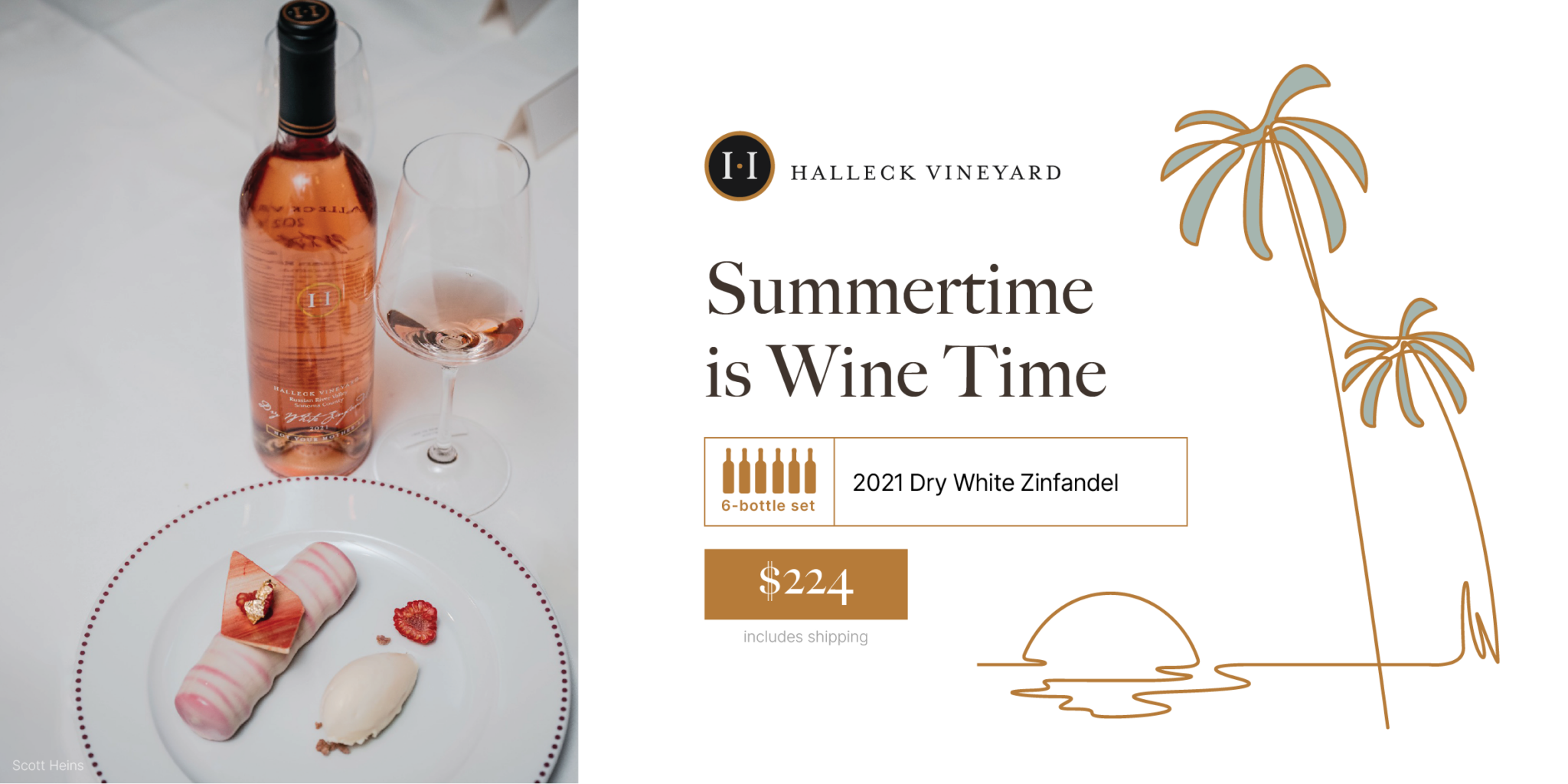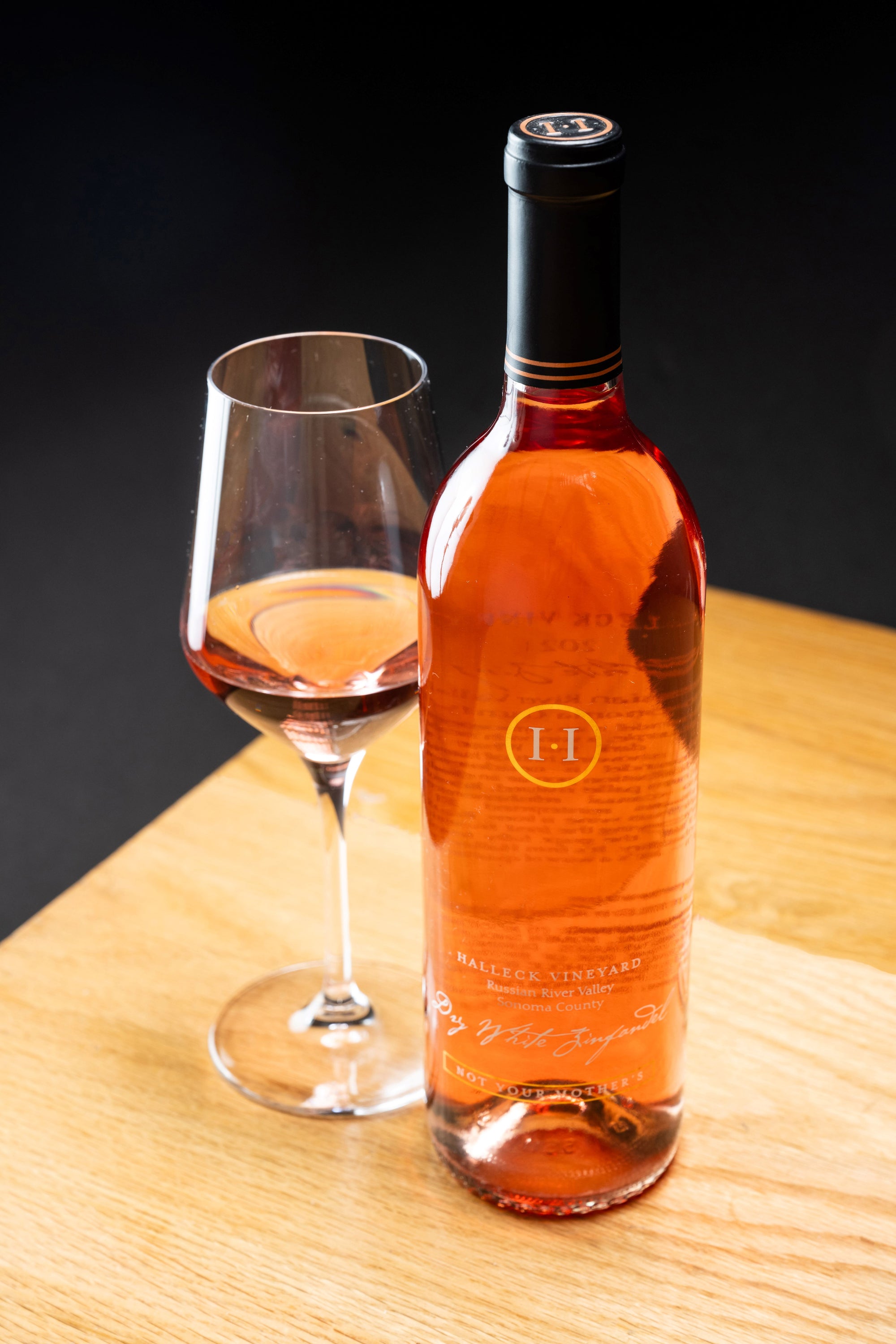Wineries Ideal For Large Groups - Best Wine Tasting Spots In Sonoma County
Wineries Ideal For Large Groups - Best Wine Tasting Spots In Sonoma County
Blog Article
Wineries Offering Private Events - Enjoying Wine In Sebastopol
Wine tasting is an art that requires practice and an understanding of varied aspects concerned in the process. One crucial element of wine tasting is the development and interpretation of tasting notes, which function a guide for both novices and seasoned connoisseurs. A Guide To Understanding Winery Wine Tasting Notes can improve your wine-tasting experience, making it extra meaningful and pleasant.
Tasting notes are concise descriptions that seize the essence of a wine’s flavors, aromas, and total character. Usually composed by professional tasters, winery tasting notes offer insights into the nuances of various wines. They can help wine enthusiasts perceive what to expect from a particular bottle. Nevertheless, tasting notes can range widely in style and element based mostly on the author's experience and palate.
Scenic Vineyard Tours In Sebastopol - Wine Tasting Activities In Sebastopol
When you first approach a glass of wine, your senses will begin to engage instantly. The sight, odor, and style of the wine will converge to offer you a complete experience. Tasting notes typically begin with the visible assessment, the place the colour of the wine is taken into account. Color performs a significant position in indicating the wine’s age, grape variety, and even its flavor profile.
After assessing the visible aspect, the subsequent step includes swirling the wine within the glass. This motion aerates the wine, allowing its aromas to awaken. Smelling the wine provides important insight into its complexity. The preliminary sniff can deliver a flood of scents which will embody fruity, floral, natural, or earthy notes. This is usually essentially the most subjective part of tasting, as individual experiences can dramatically differ.
In winery tasting notes, descriptors are often categorized into major, secondary, and tertiary aromas. Main aromas often stem from the grape variety, secondary aromas derive from fermentation processes, and tertiary aromas arise from getting older. Understanding these classes may help you recognize the depth of a wine, they usually also give you the vocabulary to express your experience higher.
Wineries In The Heart Of Sonoma County Wine Region - Wineries With Stunning Views In Sonoma
Following the olfactory encounter, your focus will shift to the style of the wine. This is the place the first characteristics—sweetness, acidity, tannins, alcohol—come into play. Tasting notes usually element these flavors in a number of dimensions, including the initial attack in your palate to the lingering end on your tongue. A high-quality wine will present a harmonious steadiness between these components.
Whereas tasting, it is important to contemplate the body of the wine, which can be described as light, medium, or full. The body contributes considerably to your general impression, helping you think about how the wine pairs with food or whether it stands alone as a sipping wine. Balancing the body with the opposite traits provides you with a fuller understanding of what the wine has to supply.
The end of the wine, additionally referred to as the aftertaste, is one other important side typically included in tasting notes. A long, nice end usually signifies a higher quality wine, while a brief or cloying aftertaste might suggest in any other case. Evaluating the finish can offer further perception into the wine's complexity and distinction.
Understanding the context of winery tasting notes can be valuable. Tasting notes can provide contextual details about the vineyard's location, local weather, and grape-growing practices. This context adds one wikipedia reference other layer of appreciation for the wine, allowing enthusiasts to attach the sensory experience with its origins, thus enhancing the enjoyment further.
Best Chardonnays From Sonoma Winemakers - Sonoma Wine Tasting Recommendations
Many wineries present tasting notes on their websites or labels, often written in an approachable yet informative style. Nonetheless, not all winery tasting notes are created equal. Some could additionally be overly technical, while others might prioritize advertising aptitude over insightful analysis. Learning to navigate these notes can arm you with the data to make informed choices when deciding on wines.
Taking Part in tastings at wineries also can deepen your understanding of wine tasting notes. Interacting with knowledgeable workers may give you a more hands-on method to exploring totally different wines and the language used to describe them. Wineries Near Sonoma Square. You May have the chance to ask questions, engage in discussions, and potentially refine your palate in actual time.
Experimentation is important for mastering wine tasting notes. As you sample completely different wines, try making your individual notes. Focus on describing the wine’s colour, aroma, taste, and end. Over time, you’ll develop a personal vocabulary that resonates with your sensory experiences. Every note you create will help refine your palate, permitting you to understand wines at a deeper level.
Wineries Offering Private Events - Enjoying The Best Wineries In Sebastopol
In conclusion, a Guide To Understanding Winery Wine Tasting Notes offers a comprehensive framework for diving into the world of wines. It equips you with the methods and language essential to articulate your experiences. Whether Or Not you're a informal drinker or a devoted aficionado, understanding and utilizing tasting notes can profoundly influence your wine journey. This information not only enhances your enjoyment but also connects you deeply with the rich narratives each bottle tells. By embracing this journey, you become a part of the attractive mosaic of wine tradition, the place every sip unveils a brand new story waiting to be discovered.
- Wine tasting notes usually embody quite so much of sensory descriptions, including aroma, flavor, acidity, body, and finish, allowing tasters to totally respect the wine's characteristics.
- To improve your understanding, familiarize yourself with common wine terminology corresponding to "tannins," "oakiness," or "terroir," which may help decipher the notes more successfully.
- A systematic strategy to tasting includes first visually assessing the wine's color and clarity, adopted by swirling to launch aromas, then inhaling and describing what you experience.
- Taking notes during tasting might help establish patterns over time, enhancing your palate and making it easier to recall preferences for future choices.
- Don't overlook the affect of food pairings; tasting notes can differ greatly when a wine is loved with complementary flavors, altering notion and enjoyment.
- Pay attention to the wine’s vintage, as weather conditions in a given year can significantly affect the final product, including one other layer to the tasting notes.
- Think About the winemaker's style and philosophy, which may form the wine's profile and impression how its notes evolve with every sip.
- Training with totally different grape varieties can broaden your vocabulary; every kind brings distinctive characteristics that can enhance your ability to articulate tasting notes effectively.
- Participating with wine professionals or attending tasting events can present useful insights, offering a richer context for understanding personal tasting notes.
- Bear In Mind that tasting is subjective; particular person preferences and experiences will shape one’s interpretation of the same wine, enriching the overall enjoyment of wine exploration.
What are wine tasting notes?
Wine tasting notes are descriptive comments made by tasters about the look, aroma, taste, and finish of a wine. They present an outline of the wine's traits and can help consumers perceive the style and quality of the wine.
Top Rated Wine Experiences In Sebastopol - Discover Sebastopol's Wine Scene
Why are tasting notes necessary when selecting wine?
Tasting notes can guide you in selecting a wine that suits your palate. They provide insights into flavors and aromas, helping you to match wines with food or occasions. Understanding these notes enhances your general wine experience.
How should I read wine tasting notes?
(Wineries Offering Charcuterie And Wine Pairings)
Elegant Wine Tasting Locations In Sonoma - Tasting Experiences In Sebastopol Vineyards

When reading wine tasting notes, pay attention to the construction: search for descriptions of shade, aroma, flavor, and finish. This will allow you to grasp the wine's profile and determine if it aligns with your preferences.
What terms generally appear in wine tasting notes?
Widespread terms include "tannin" (the structure), "acidity" (the crispness), "body" (the weight), and various flavor descriptors like "fruity," "earthy," or "spicy." Familiarizing your self with these terms can deepen your understanding of wine.
Wineries Offering Virtual Wine Tastings - Vineyards Near Sebastopol

Am I Able To create my own tasting notes?
Yes! Writing your own tasting notes can enhance your wine tasting experience. Focus in your observations of taste, aroma, and other sensory characteristics. This personal practice may help you refine your palate over time.
How do I identify the aromas in wine tasting notes?
Wineries Showcasing Local Art And Crafts - Enjoying The Best Wineries In Sebastopol
To establish aromas, practice smelling a big selection of scents and associating them with wines. Swirl the wine in your glass to release its aromas, then take a moment to breathe in deeply before identifying any prominent scents.
What is the difference between professional and personal wine tasting notes?
Professional tasting notes could use more technical language and particular terminology, while personal tasting notes are subjective and reflect individual experiences. Both are valuable for understanding and enjoying wine, but personal notes may resonate more along with your unique tastes.
How can tasting notes improve my wine appreciation?
Wineries With Breathtaking Gardens In Sonoma - Sonoma Wine Culture
Apple+Blossom+Elementary+School,700+Watertrough+Road,+Sebastopol
Tasting notes can enhance your appreciation by helping you to grasp and articulate the complexities of wine. They encourage conscious tasting and Visit Your URL provide a framework for comparing different wines, leading to a richer enjoyment of the beverage.
Are there any apps or instruments to help with wine tasting notes?
Yes, there are several apps designed to help customers report and arrange their tasting notes. These tools typically supply options like flavor wheel guides and wine database searches, making it easier to trace your journey by way of completely different wines. Report this page